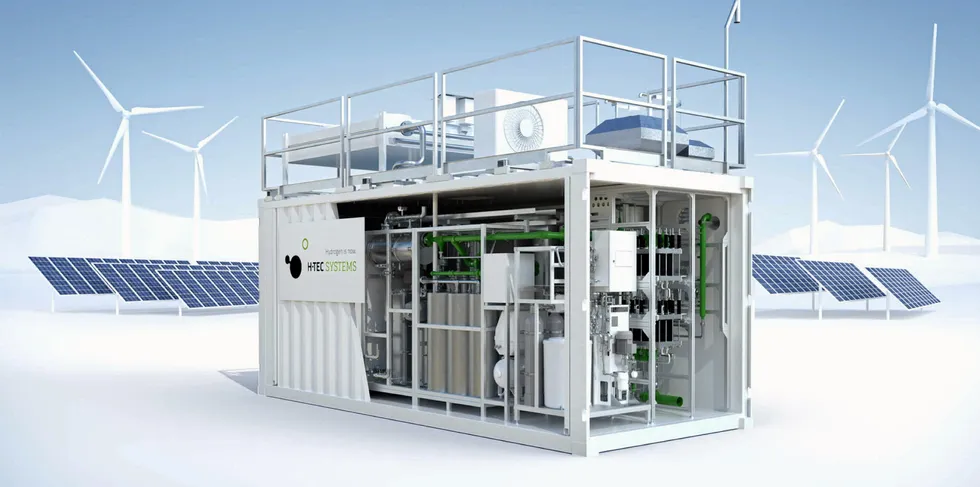Cost of hydrogen electrolysers to fall this decade at similar rates to solar and wind, says Irena
Global annual electrolyser production will need to reach 176GW by 2030 if planet is to stay within 1.5°C global heating, according to a new study

Global annual electrolyser production will need to reach 176GW by 2030 if planet is to stay within 1.5°C global heating, according to a new study
